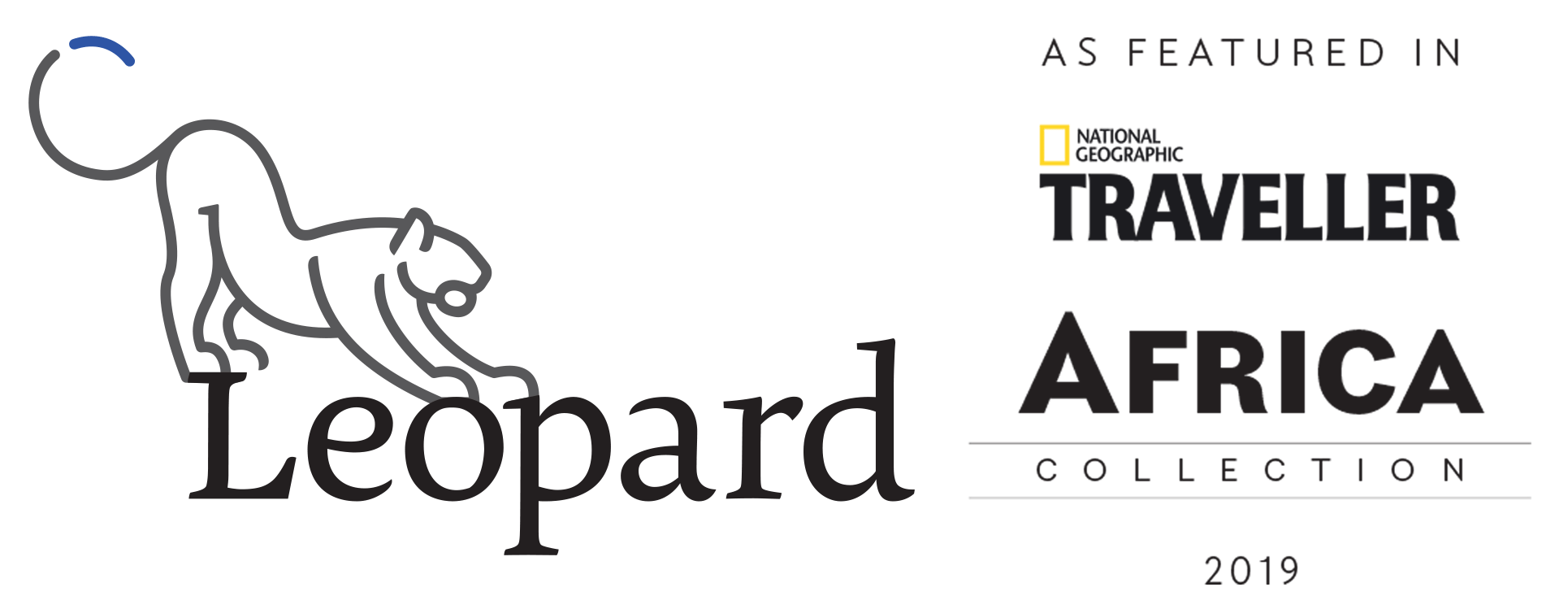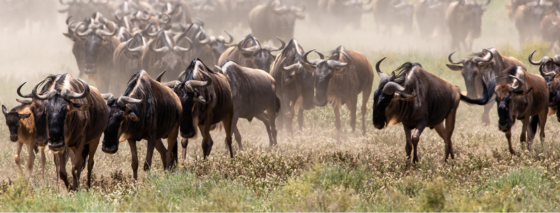Beyond the hype of the Great Migration
Perhaps when you think of the most iconic images of the Great Migration, in Kenya and Tanzania, you picture dramatic river crossings, where wildebeest plunge into crocodile-infested waters and hooves churn up the muddy banks as they ascend the other side.
In July 2025, experienced safari guide Nick Kleer witnessed a distressing scene in the Serengeti during the migration’s peak tourist season. About 150 safari vehicles wedged themselves into a single river-crossing spot, blocking the wildebeest’s route and triggering panic among the herd. Some animals turned away; others leapt from steep banks in desperation, risking serious injury or death. Shocked and angered by the sight, and after shouting for them to back away, Kleer turned to social media to share a video which reignited urgent questions about ethical wildlife tourism.
As such, here are 5 important considerations to help you experience the Great Migration responsibly:
1. Choose private conservation areas over crowded public reserves
Private conservancies like Asilia’s Naboisho Camp in the Mara Naboisho Conservancy (in Kenya) and Cottar’s in the Olderkesi Conservancy, which borders the Maasai Mara, offer an entirely different experience to the one mentioned above.
Vehicle numbers are strictly limited, guides follow more protective rules for wildlife, and you can enjoy sightings without the pressure of a dozen other vehicles jostling for space. You still have access to phenomenal migration viewing, but with far less intrusion.
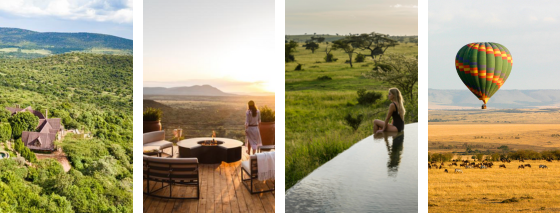
2. Take to the skies in a hot air balloon
One of the most magical, low-impact ways to experience the migration is from above. A hot air balloon safari at dawn offers a completely different perspective of the vast sweep of the savannah and the herds that stretch to the horizon. Enjoy the gentle rise and fall of the basket as you float silently overhead, giving you a sense of the migration’s scale and rhythm without disturbing the animals at all. When you land, there’s often a champagne breakfast waiting, making it possibly one of the most memorable mornings you’ll ever have on safari.
3. Don’t pressure your guide for a specific sighting
While river crossings are dramatic, they are also unpredictable and, as the viral video showed, can be dangerous for the animals when overcrowded. Your guide wants you to have an exceptional safari experience, but ethical safari guiding means respecting animal behaviour and avoiding unnecessary stress on the wildlife.
Pressuring guides for a particular sighting, such as a river crossing, at all costs, can lead to risky, unethical practices. Trust your guide’s expertise and be open to the full range of migration experiences, whether that’s watching wildebeest calves take their first steps, seeing predators on the hunt, or simply soaking up the scale of the herds as they move across the plains.
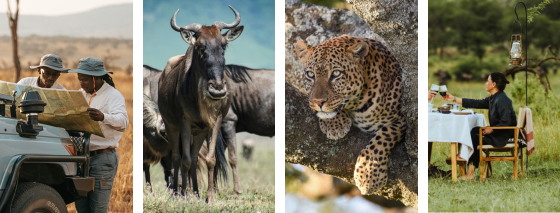
4. Understand that the migration is a year-round cycle
The Great Migration is driven by the rains and the search for fresh grazing, which means the animals are constantly on the move. From December to March, herds gather in the southern Serengeti and northern Ngorongoro for calving, with around 500,000 calves attracting predators.
In April, they move to the central Serengeti, then west in May and June, with May marking the mating season and some herds crossing the Grumeti River. From July to October, the herds reach the northern Serengeti and Maasai Mara, where river crossings (most reliably at the Mara and Talek Rivers) begin. When rains return in November, the herds trek south back to the Serengeti, reaching Ndutu by December to calve, completing the cycle.
By planning around different stages, you can avoid peak crowds while still witnessing awe-inspiring moments.
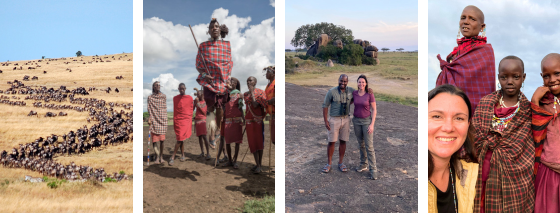
5. Discover other, lesser-known migrations
While the Great Migration is the most famous, it’s far from the only wildlife spectacle of its kind in Africa. Seeking out these alternatives not only spreads tourism’s footprint but also rewards you with unique, off-the-beaten-path experiences.
Another migration worth seeing is the zebra migration in Botswana. Each year, thousands of zebra travel between the Chobe River and Nxai Pan in search of grazing, creating striking black-and-white waves across the landscape.
Then, the largest mammal migration on Earth is the bat migration in Zambia. In Kasanka National Park, around 10 million straw-coloured fruit bats fill the skies between October and December. It’s a sensory marvel of wings, sound, and sheer numbers.
Both offer extraordinary photographic opportunities and can be combined with other wildlife highlights in the region.
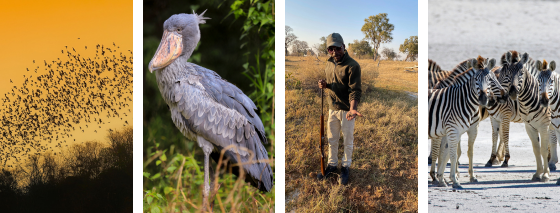
At Leopard, we believe that true luxury travel is as much about ethics and impact as it is about comfort and exclusivity. When we help our guests witness the Great Migration (or any other African travel experience), it’s always with an emphasis on conservation, respect, and creating memories that will last a lifetime.
With care for wild spaces,
The Leopard Team
P.S. If Africa stirs something in you, let us know when you’re ready to explore a tailor-made experience in this continent filled with wonder.

